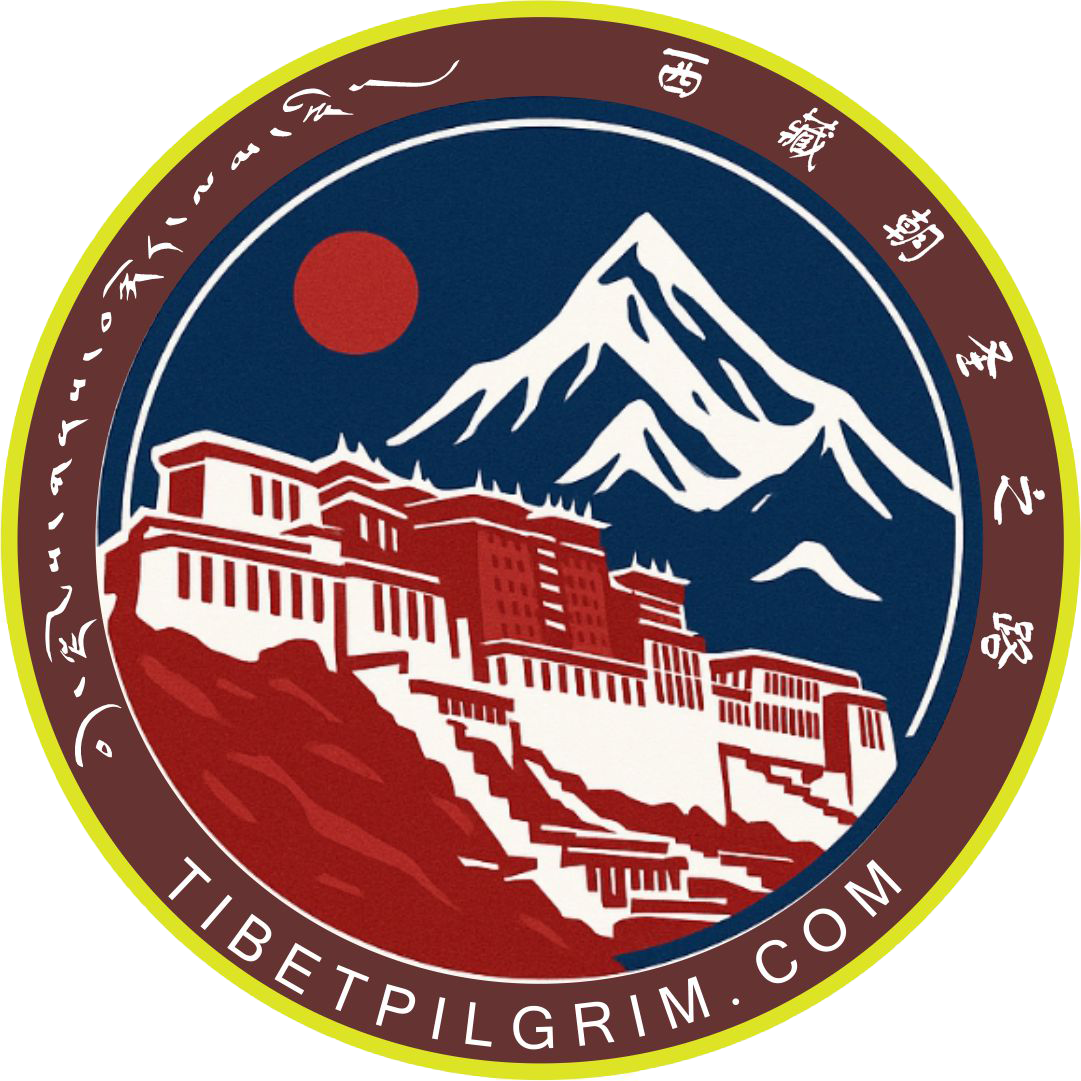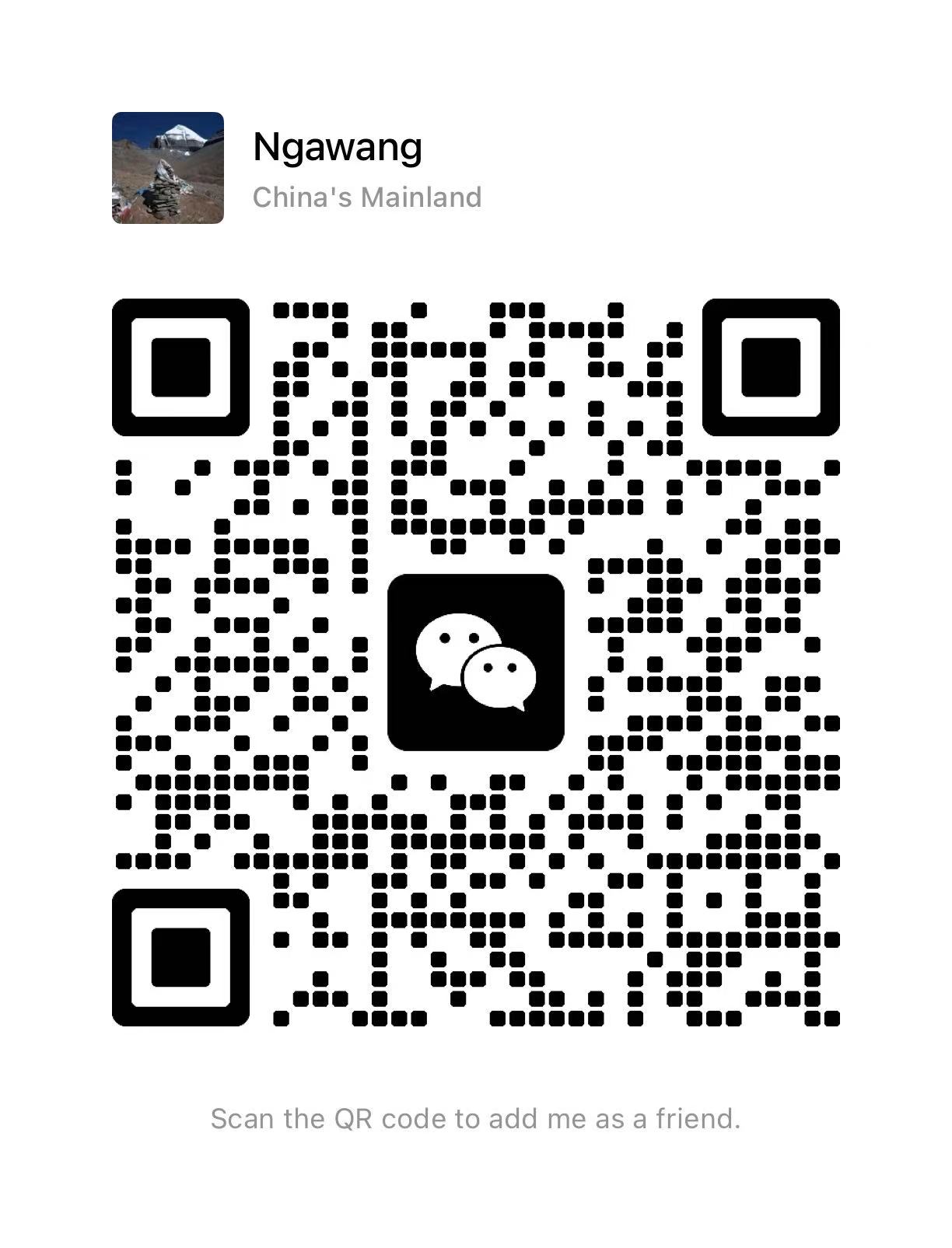When is the best time to visit Lhasa?
When Is the Best Time to Visit Lhasa?
As Tibet’s infrastructure and transportation continue to improve, more travelers from around the world are venturing to this unique region. Lhasa—often called the City of Sunshine—is not only the political and cultural heart of Tibet but also a sacred hub of Tibetan Buddhism. But when is the best time to visit Lhasa?
Lhasa enjoys the most developed transportation system in Tibet and serves as the first stop for most visitors. The city is known for its long hours of sunshine and mild climate, with no extreme heat in summer and no severe cold in winter. Though July through September is the rainy season, most rain falls at night, which means daytime sightseeing is rarely disrupted.
Visiting Lhasa in Spring (March–May)
Spring in Lhasa marks a season of awakening—snow and ice melt, and life begins to flourish again. While this season is quieter and sees fewer tourists, it offers unique charm. If your visit coincides with the Saga Dawa Festival (usually in April or May), the city comes alive with religious celebrations.
March typically marks the start of Tibet’s tourist season. Fewer visitors mean shorter queues at top sites like the Potala Palace. However, access to Namtso Lake may still be restricted due to snow. Spring is also the season of peach blossoms, especially in nearby Nyingchi. A drive along the newly completed Lhasa–Nyingchi highway offers stunning floral views, and our travel tips can enhance your experience there.
Visiting Lhasa in Summer (June–September)
This is peak tourist season in Lhasa. With warmer temperatures, higher oxygen levels, and lush greenery, summer is an ideal time to explore. The risk of altitude sickness is lower, and the scenery is at its best. Visit iconic landmarks like the Potala Palace, Jokhang Temple, and Drepung Monastery to immerse yourself in the rich spiritual heritage.
Evenings are perfect for experiencing Tibetan folk customs. Though this is the rainy season, most rain falls at night. If your trip coincides with the Shoton Festival (usually in August), you’ll enjoy Tibetan opera performances and the unveiling of a giant thangka at Drepung Monastery—one of Lhasa’s most unforgettable cultural events.
Visiting Lhasa in Autumn (October–November)
Autumn bathes Lhasa in golden hues—from ginkgo leaves to golden temple roofs. As the summer crowds thin out, the city becomes more peaceful and serene, offering a more personal and reflective experience of the holy land. The rainy season ends in early October, making it one of the clearest and most comfortable times to visit.
Visiting Lhasa in Winter (December–February)
While daytime temperatures remain mild under the abundant sunshine, nights can be quite cold due to the sharp temperature drop. However, if you stay indoors in the evenings, winter is a surprisingly pleasant and peaceful time to explore Lhasa.
The city’s streets are quieter, but still bright under the winter sun—earning Lhasa its reputation as the City of Sunshine. If you visit during Tibetan New Year (Losar), you’ll experience vibrant celebrations and a truly authentic cultural immersion.
Summary: Choosing the Right Time Based on Your Interests
Best Scenery (and mildest climate): May to September, especially June and September
Least Crowded / Most Budget-Friendly: October to March
Most Festive Cultural Events: April–May (Saga Dawa), August (Shoton Festival), February (Tibetan New Year)
If your goal is to enjoy the vibrant landscapes and meet fellow travelers, plan your trip between April and August. For a quieter, more intimate experience of Tibetan culture—without the crowds and at lower costs—October to March is ideal. If you’re heading beyond Lhasa to destinations like Everest Base Camp, Nyingchi, or Mount Kailash, be sure to check their specific travel seasons.

